MSI Delta 15 Review Radeon RX 6700M Graphics
MSI Delta 15 Review – MSI’s Delta 15 is the first gaming laptop featuring AMD’s new Radeon RX 6700M graphics, but there are some important things that you need to know about before considering this laptop, let’s discuss in this review! My Delta 15 has an 8 core Ryzen 7 5800H processor, Radeon RX 6700M graphics, 16 gigs of memory and a 15.6” 1080p 240Hz screen. The Delta 15 has an all aluminum body with a gray metal finish, and all corners and edges feel smooth.
There’s some flex to the interior, particularly above the touchpad, which I suppose is expected despite the metal finish as it is on the thinner side. It felt solid enough during normal use anyway. There’s also some flex to the lid despite it being metal as it’s on the thinner side, it’s not too bad but what’s more annoying is the screen wobble. I first noticed it when I picked up the laptop to move it or if I bumped the table, the lid just flips around. It’s not quite HP Victus levels of wobbly, but it’s more wobbly than most others. Fortunately it doesn’t really seem to move when typing on the keyboard, even when I try typing aggressively, so I don’t think it’s going to be too much of a problem in practice unless you bump it.
How to play Dream11 in 2021? Rules to Play Dream11 in 2021
The laptop alone weighs less than 2kg or about4.3lb, then 2.8kg or 6.1lb with the 240 watt power brick and cables. It’s on the smaller side for a 15” gaming laptop in all dimensions and relatively thin too, so quite portable. My Delta 15 has a 15.6” 1080p 240Hz panel, but there’s also a 144Hz option, so expect different results with that. Unfortunately there’s no MUX switch, sowe’re stuck with the integrated graphics, but the screen has Free Sync, reasonable color gamut for a gaming laptop and average contrast. It’s pretty average when it comes to brightness just able to get above 300 nits at maximum, so decent but not amazing these days.
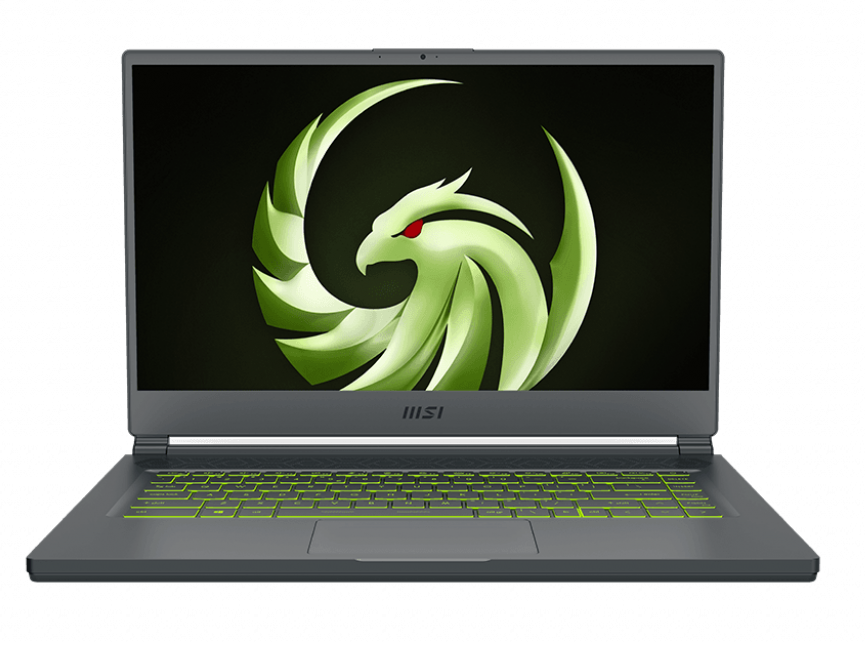
The MSI Center software, the control panel for the laptop, gives us the option to enable or disable overdrive, which affects screen response time. With overdrive disabled we’re looking at about a 7ms average grey-to-grey response time, not bad.
With overdrive enabled, which is default, we’re now just under a 5ms average response time. This does introduce a little overshoot and undershoot, but at least you can turn it off if that’s an issue for you. It’s doing alright when compared to other gaming laptops, not quite the 4.17ms needed for all transitions to occur within the refresh window, but also not as slow as some other 240Hz or even 300Hz screens that I’ve tested. I’ve also measured the total system latency, which is the amount of time between a mouse click and a gun shot fired in CS:GO.
The result is about average, a couple of milliseconds behind the higher speed 6800M laptop even though that had a slower screen response time. Backlight bleed wasn’t too bad, some small patchy spots that I never noticed during regular use, but this will vary between laptops. There’s a 720p camera above the screen in the middle, no IR for Windows Hello though. This is what the camera and microphone look and sound like, this is what it sounds like while typing on the keyboard, and we can see that the screen isn’t really wobbling too much while doing this, and this is what it sounds like if we set the fan to full speed. So it’s not doing a great job of isolating my voice over the fan noise.
The keyboard has one zone of RGB backlighting. It lights up all keys and secondary functions, and you can cycle between 5 different effects with the F8 shortcut key. There’s no keyboard shortcut for adjusting key brightness, but there are 4 brightness adjustments that can be made through the MSI Center software, and this also lets you change the colors. Typing was alright, though the keys don’t press down too far, just part of a thinner laptop design. I like that the arrow keys aren’t tiny, but I had a problem with my down arrow key. It just felt different to press down and it had to be pushed harder to actually work properly, but I’m guessing this is probably just an issue with my specific early unit.
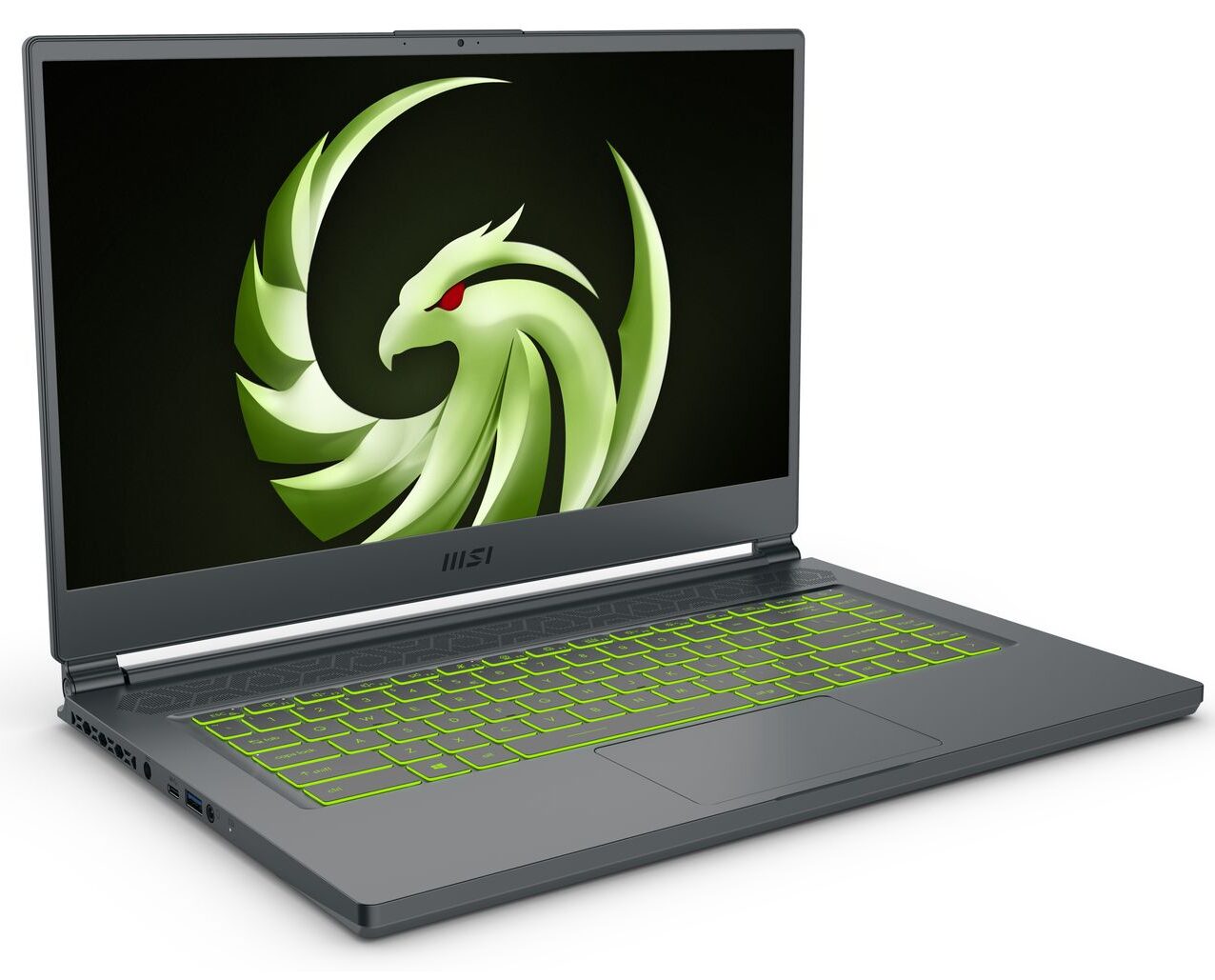
The power button is right next to delete and backspace, but an accidental mispress doesn’t do anything even if Windows is configured to sleep on power button press, you have to hold it to make it sleep. There are holes for air ventilation above the keyboard and below the screen. The precision touchpad worked alright. It’s in the middle as there’s no numpad here, and although my right palm did rest on it while typing it never triggered any clicks for me. The touchpad could feel a little loose right down the front though.
The left has an air exhaust vent, the power in put, USB 3.2 Gen2 Type-C port, USB 3.2 Gen2 Type-A port, 3.5mm audio combo jack and battery charge status LED. The right has a 2nd USB 3.2 Gen2 Type-A port, USB 3.2 Gen2 Type-C port with DisplayPort support, HDMI 2.0 output, there’s an air exhaust vent on this side too and a Kensington lock up the back. I’m just guessing that it’s HDMI 2.0 in stead of 2.1 because the MSI website only notes 4K at 60Hz, it doesn’t actually specify the version and unfortunately I don’t have a HDMI 2.1 screen to test.
How to play Dream11 in 2021? Rules to Play Dream11 in 2021
Unfortunately neither Type-C port can be used to charge the laptop, but the Type-C port on the right has DisplayPort support and both that and the HDMI port connect directly to the RX 6700M graphics bypassing the integrated GPU, so connecting an external monitor to either of those two should boost performance in games. The back just has some air exhaust vents towards the corners. The front has a little lip in the middle that sticks out to help with opening the lid, and the screen goes the full 180 degrees back for sharing.
Underneath has some air vents towards the back, and when seeing where light shines through it looks like there’s quite a bit of ventilation. Getting inside requires unscrewing 13 Phillips head screws of the same length. It was relatively easy to open using the tools linked in below the video. Inside we’ve got the battery down the bottom, and access to the Wi-Fi 6e card just above on the right.
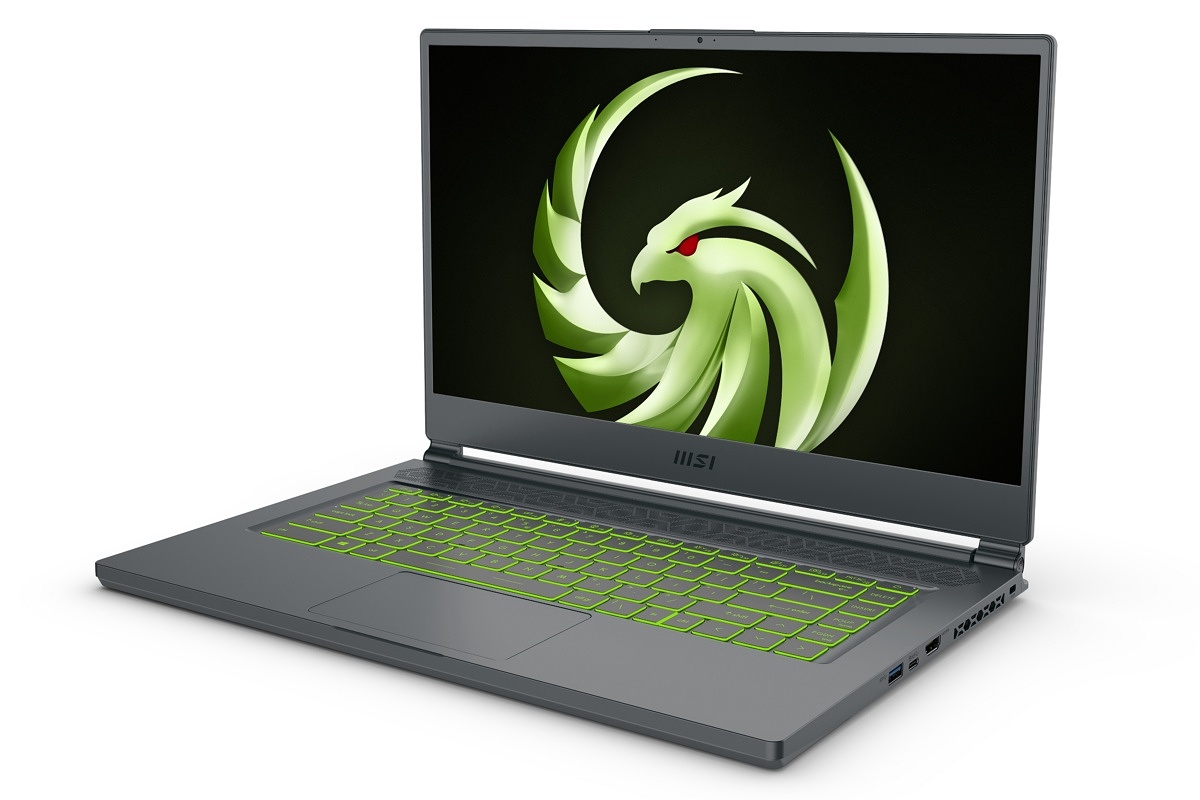
The Wi-Fi performance wasn’t the best, built was a decent result and similar to many others with Intel Wi-Fi 6 cards. Unfortunately my router doesn’t support the newer 6e, if it did that may give it a further boost. To access everything else you’ve got to unscrew the motherboard and remove 5 cables connecting to the motherboard and take out the Wi-Fi card.
At this point the motherboard was still connected by a cable, but we can now access the two memory slots and two M.2 storage slots, as well as the heat pipes should you want to re-paste, so yeah a bit more annoying to get to, not hard, just a bit time consuming. The memory in my Delta 15 was at least x8though, rather than the slower x16 stuff a lot of laptops this year have, so there’s less of a need to upgrade unless you’re after more capacity.
Now after all the testing in this review was complete I did change the RAM and SSD in my Delta 15 for an upcoming comparison that I’m working on, and after doing that I did find that if you press the power button to turn the laptop back on it doesn’t work. Now don’t panic, you just need to plug it into wall power first and then it will turn on fine with the power button. But yeah just something to be aware of so you don’t panic and think that you broke the machine like I did. The two speakers are found underneath on the left and right sides towards the front.
I thought they sounded average, a bit muffled at higher volumes but there’s a little bass present, and there’s some wrist rest vibration too. The latency mon results were looking alright. The Delta 15 has a 82Wh battery inside, and it was offering amazing battery life. More than 11 and a half hours in the YouTube playback test, one of the best results I’ve ever recorded from a gaming laptop. I tested with the super battery mode enabled, and it doesn’t look like this automatically disabled panel overdrive or lowered the refresh rate down from 240Hz, so you could probably boost it further if you change those yourself.
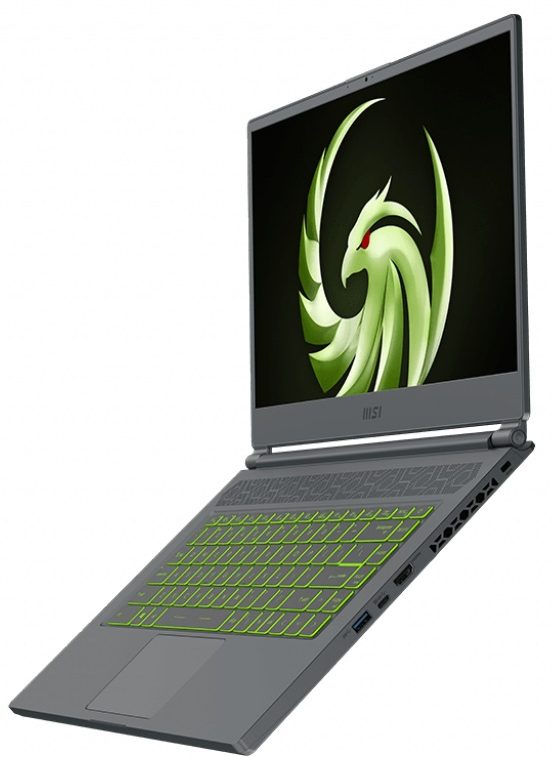
Let’s check out thermals next. We’ve got some heat pipes shared between the CPU and GPU as well as two fans for cooling. The MSI Center software can be used to change performance modes, which from lowest to highest are silent, balanced and extreme performance. You can also use user mode with the fan set to cooler boost for maximum fan speed, or the advanced option gives you some user control over the CPU and GPU fans independently.
The idle results down the bottom were ok. I’ve run stress tests with both the CPU and GPU loaded up to represent a worst case, as well as playing an actual game, with the CPU shown by the blue bars and GPU in the green bars. Extreme performance mode was the warmest, the CPU was reaching thermal throttling in the stress test, even if we set the fan to max speed or test with the cooling pad I use, which is linked below the video. That said, this wasn’t happening when running this game.
It’s hard to compare the GPU temperatures to the Nvidia options I regularly test as they’d be measured differently. These are the clock speeds measured during the same tests. We can see that the CPU clock speed increases with cooler boost, aka max fan enabled, as this helps reduce the CPU thermal throttle, and then the cooling pad boosts this a little further for the same reason. We’re not limited in the game though, which honestly is more realistic, this was sitting between 3.9 and 4GHz over all 8 cores, with lower performance modes of course giving less performance, and this would be due to lower power limits.
This is basically max processor performance in this test, so not bad considering the thinner size of the laptop which means less space for cooling inside. Normally here I’d show the power limits of both the CPU and GPU, but unfortunately hardware info reports smart shift enabled laptops as one combined value, which is what I’ve got here. As expected, higher modes use more power, which is why we get better performance but at the expense of higher temperatures.
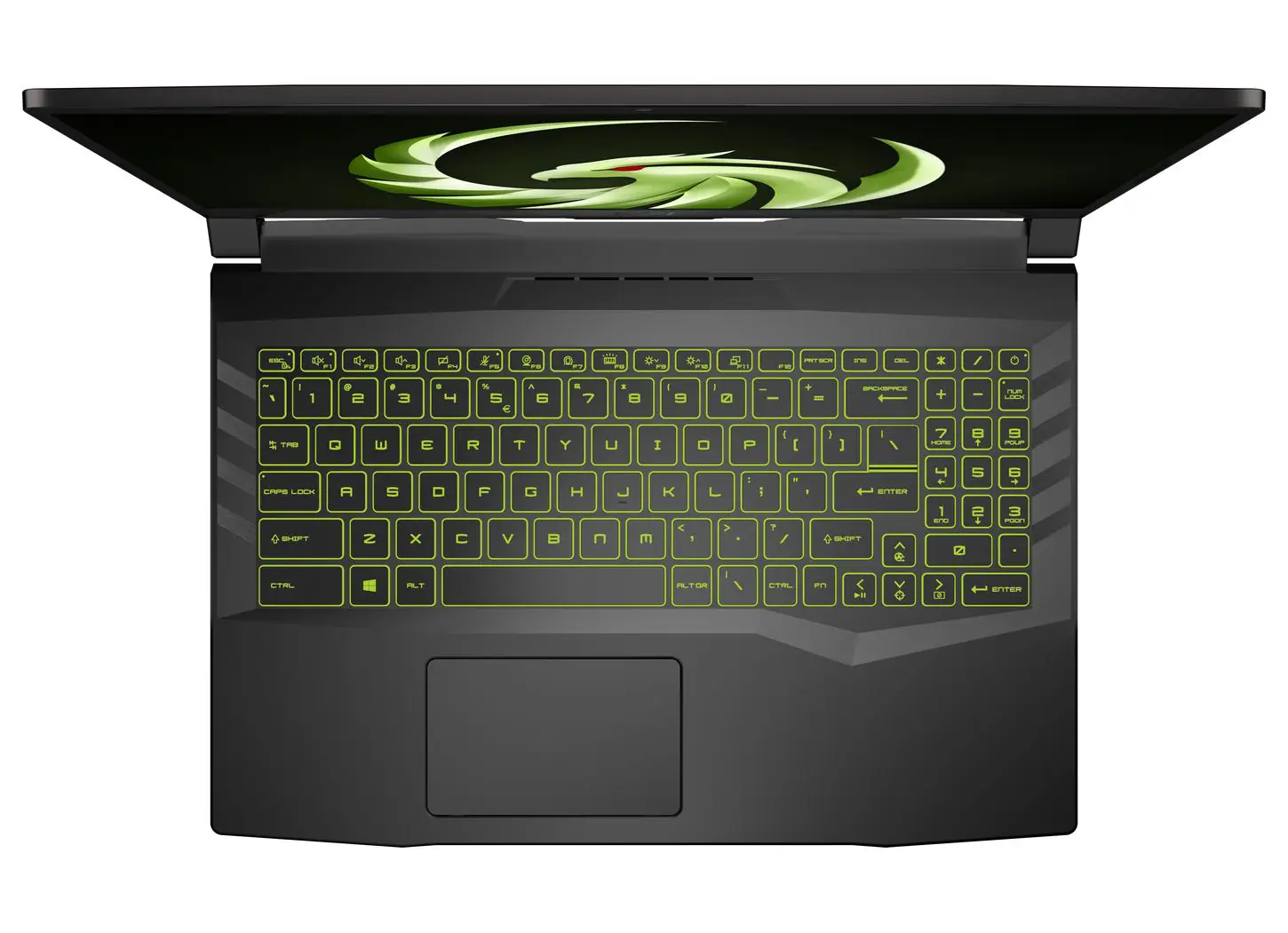
I found that the 6700M in a GPU only stress test started briefly at 120 watts then lowered to 115 watts, though MSI have told me the Delta 15’s 6700M has a 105 watt limit, so I’m not sure what to believe. I saw about 95 watts on the GPU when the CPU was also under load. AMD’s spec sheet notes up to 135 watts, but given the Delta 15 is a thinner design it makes sense for it to not have a full powered6700M.
Here’s how a game actually performs with the different performance modes. The lowest mode was still above 60 FPS at max settings in this one, but the higher modes offered decent increases along the way. Here’s how CPU only performance looks in Cine bench R23, so the GPU is idle now. The single core scores hardly change regardless of the performance mode, while the multi core scores increase more with the higher modes. It’s a fairly middle of the pack result when compared to other Ryzen 7 5800H laptops that I’ve tested, at least in terms of multicore, the single core result is about the same as the others as that isn’t really affected by power or thermal limits like multi core is.
The Delta 15 rises up the ranks out of this same selection of laptops when running the test on battery power, it seems to perform quite well compared to others even when not plugged in to wall power. It felt a little warm at idle due to the metal finish which conducts heat, but low 30 degrees Celsius is normal stuff. It gets warmer with the stress tests running, low 40s in the middle of the keyboard and just warm feeling. It’s similar in the higher balanced mode, though the fan speed increases to compensate. The highest extreme mode is now warmer in the center, and I’d say the middle was a little uncomfortable feeling now, though WASD where you sit while gaming was ok. It was possible to lower the temperatures a little by maxing out the fan speed, but the fans are also much louder now, let’s have a listen. The fans were extremely quiet, basically silent when idle.
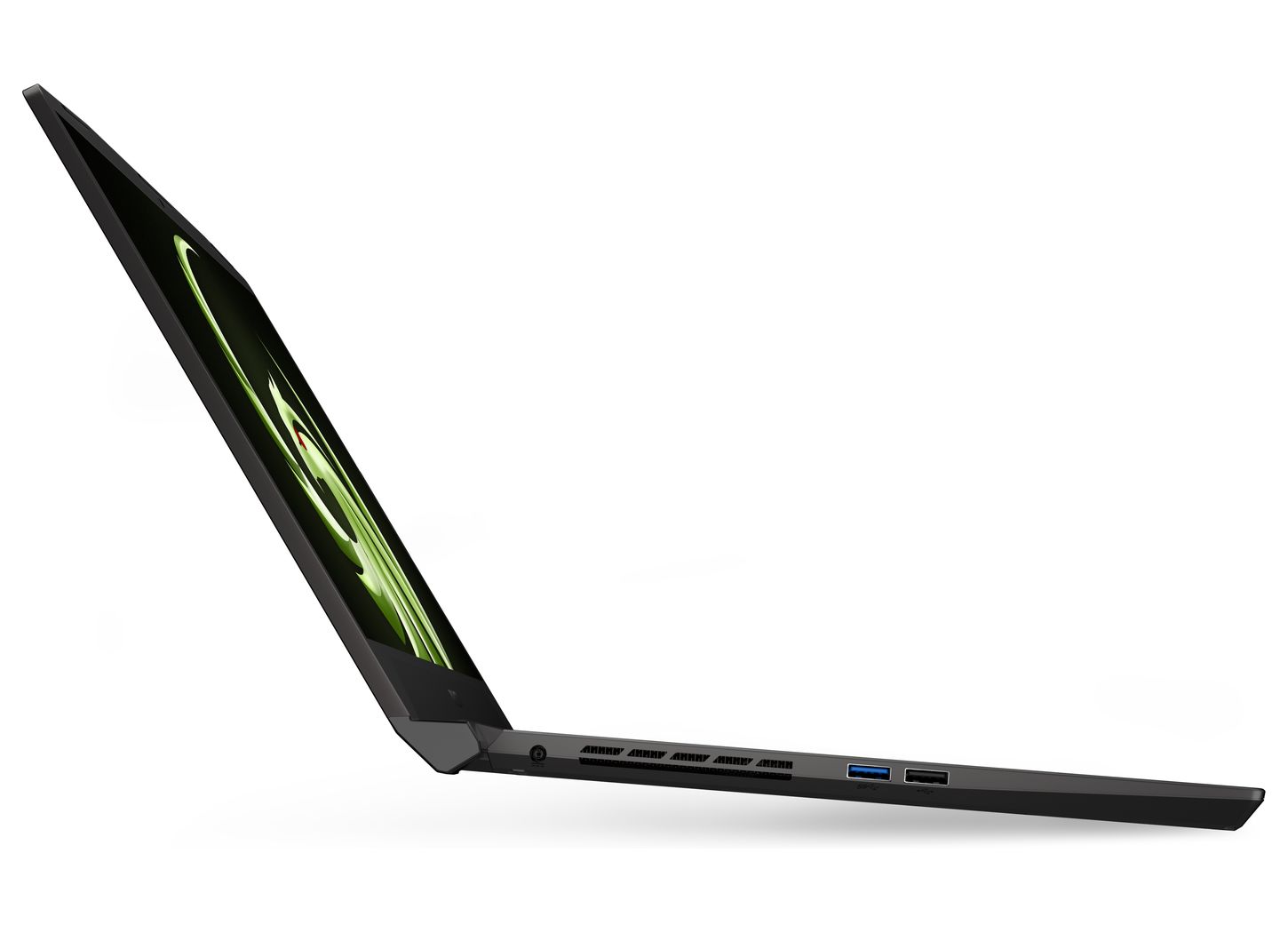
It’s still fairly quiet in silent mode with the stress tests going, and gets progressively louder in the higher performance modes. Extreme performance mode was actually not as loud compared to many others tested, but then max fan with cooler boost was quite loud, I’d definitely be using headphones for that.
Now let’s find out how this configuration of MSI’s Delta 15 compares against other laptops in games! Cyberpunk 2077 was tested the same on all laptops, and I’ve got MSI’s Delta 15 with RX 6700M highlighted in red. It seems to be in between laptops with RTX3060 graphics, so definitely not a bad result as the 3060 is great, but it’s also not quite the 3070 tier I was expecting, at least in this one game, we’ll check more. I’m going to compare the 6700M against the3070 and 3060 in 17 games at 2 resolutions soon, so make sure you’re subscribed for those upcoming comparisons. Red Dead Redemption 2 was tested with the game’s benchmark, and this time the Delta 15 was more in line with those 3070 results, so it’s clearly going to depend on the specific game. What was strange though was that the 6700Mwas actually 3 FPS ahead of the higher tier 6800M. I think this is because the 6800M laptop hadx16 memory, while the 6700M in the Delta 15 was paired with faster x8 memory.
I’ll be sure to use the same memory when doing the dedicated comparisons though, but this is still valid as this is how both laptops ship. Control was tested running through the same part of the game on all laptops, and the 6700M was now back with the 3060 laptops, granted this is an Nvidia sponsored title, so that’s not super surprising. Of course this game also has DLSS support, so do the previous two, so that could be enabled on the 3060 laptops to significantly boost performance too.
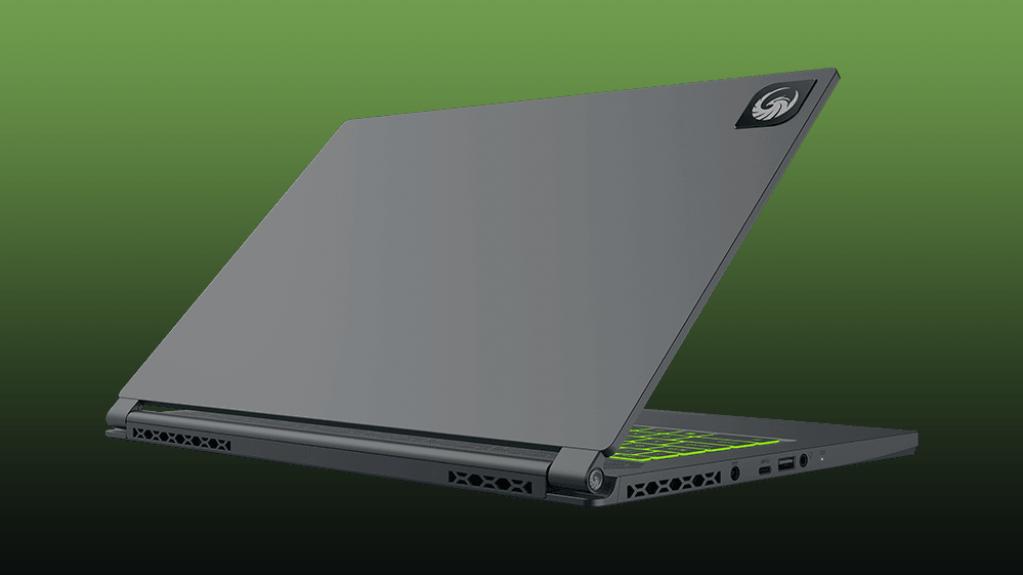
AMD has FSR, but it’s not present in as many games yet. I’ve also tested the Delta 15 in 13 games at all setting levels here if you want to get an even better understanding of how well it does in games. Here are the 3DMark results for those that find them useful, now for some creator tests. Adobe Premiere was tested with the Puget Systems benchmark, and MSI’s Delta 15 is highlighted in red. It’s scoring basically the same as the higher speed Strix G15 one point above it with 5900HX and RX 6800M graphics, both of which are beaten by a last gen 1660 TI laptop, so it seems that this workload isn’t doing too well with Radeon graphics.
Adobe Photoshop depends more on CPU performance, so the Delta 15 was a bit better this time and near others with similar CPUs. The Strix G15 with 5900HX and higher tier GPU was 32 points lower, but again that one also shipped with slower x16 memory so that’s my guess as to why it’s behind here. DaVinci resolve is more GPU heavy, and the6800M was ahead of the 6700M now despite the memory difference, but again the Delta 15is beaten by a last gen 1660 Ti laptop, so although it was closer to 3060 or 3070 performance in the games, it seems to be behind in creator workloads. I’ve also tested SPEC view perf which tests out various professional 3D workloads. The 1TB NVMe M.2 SSD that came in my Delta15 wasn’t amazing, not bad at about 2000MB a second for reads and writes, it’s just that many PCIe 3 drives can surpass 3000.
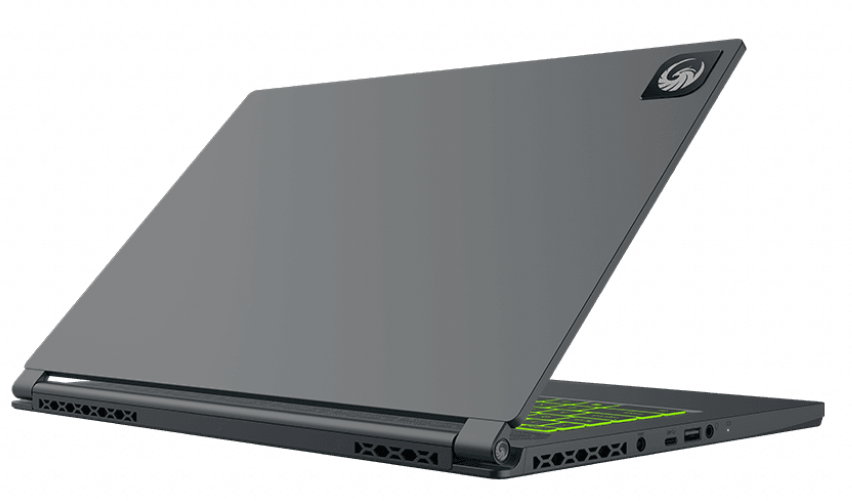
Like with other MSI gaming laptops, you canenter this epic cheat code to access the advanced BIOS, where you get access to more options than you could ever want. I don’t know what 90% of this stuff is, so make sure you know what you’re doing before changing anything. It’s also got TPM 2.0 which you’ll need for Windows 11. I booted an Ubuntu 21 live CD to test Linux support. The touchpad, keyboard, speakers, Wi-Fi and camera all worked. The keyboard shortcuts for screen brightness and volume adjustment worked, but the F8 key for keyboard lighting effects did nothing, it must be tied to the software in Windows. Just before we get into the pricing I need to talk about some software issues that I had with this laptop.
Now I never had any games actually crash while running them, the Radeon drivers seemed perfectly stable in that regard, and just for reference this laptop has now been tested in 13 games at all setting levels 1080p, and 17 games at 1080p and 1440p for some upcoming comparisons, so yeah quite a bit of gaming. The main problem I had was with the MSI Center software. Most of the time when you try and open it nothing happens. You have to go into apps & features in Windows and repair the app just to get it to work, and towards the end of the testing this had to be done multiple times a day. Maybe this has been fixed in a recent update, I’m not sure, because it hasn’t actually happened for a few days now, so hopefully it was just some early review unit issue.
Let’s discuss pricing and availability next. This will of course change over time, so refer to those links in the description below for updates. At the time of recording, the Delta 15 with exact same specs that I’ve tested in this video is sold for $1600 USD through Best Buy in the US, granted that’s with a $100 sale at the moment, again refer to the links below for updates. So is MSI’s Delta 15 worth considering?
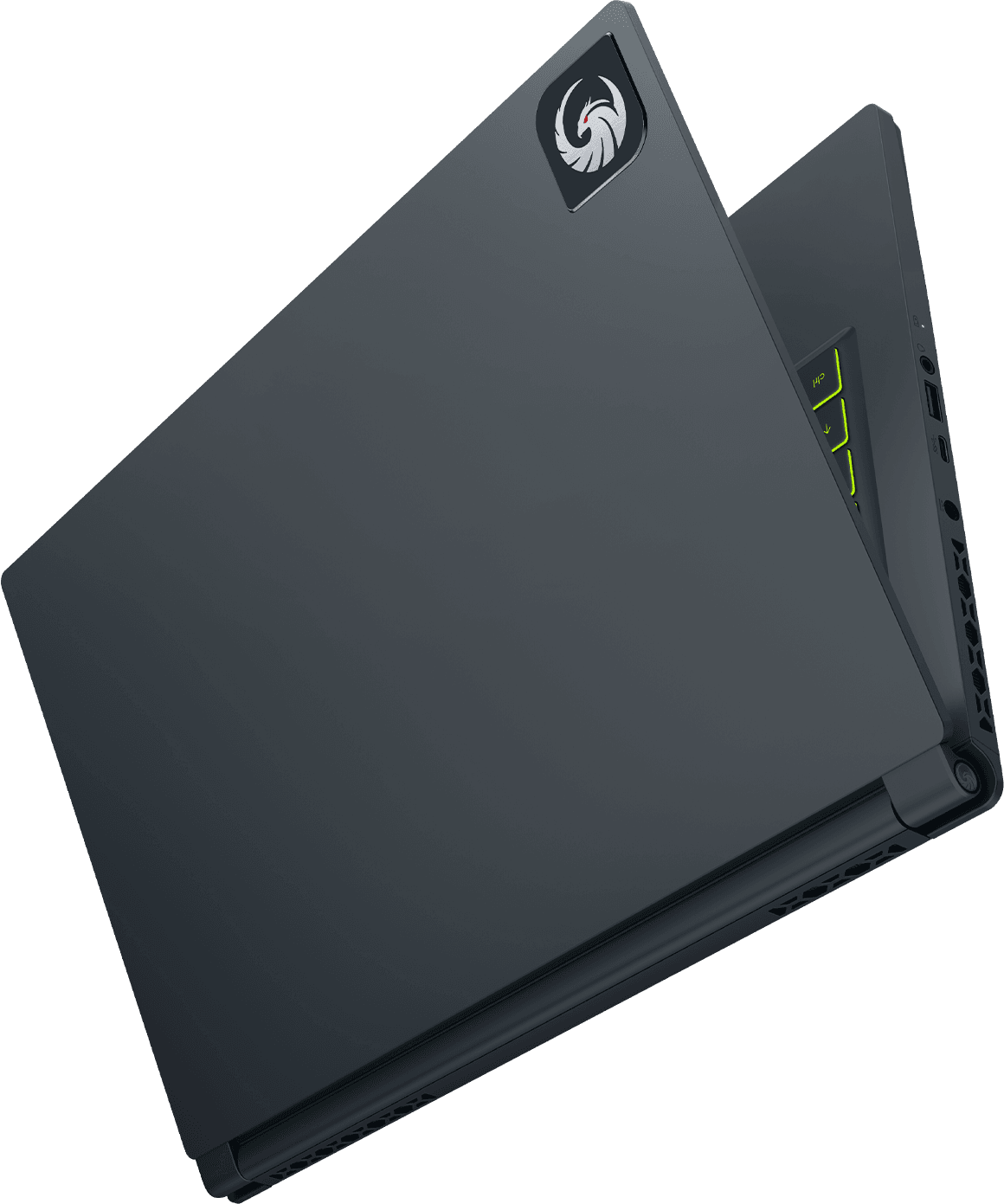
Let’s recap both the good and the bad to help you decide if it’s worth it. Things I didn’t like include the flipped motherboard, it just makes upgrading more annoying than it needs to be. I can only assume this is required to keep it thin. There’s no Type-C charging, something I would want to see from a laptop that seems to be prioritizing portability. There is some screen wobble, but it’s not really actually noticeable when just typing on the laptop normally, and the down arrow key doesn’t really work properly on mine, but that’s probably something just unique to my early review unit. I doubt they’re all going to ship like that.
The MSI Center software didn’t open properly more times than I can count, but that might be fixed, or otherwise I’m sure it would be patched in an update, again maybe just early review unit things. Unfortunately there’s no MUX switch but maybe this is just the case for RDNA 2 laptops. So far I haven’t heard of any that actually have that, which is unfortunate because we can definitely attach an external monitor to get a speed boost in games. Now those are the main downsides, the Delta15 does also have a lot of good to offer too. The battery life for instance was crazy, one of the best I’ve ever tested. The screen is decent, and enthusiasts and tuners get tons of customization through the advanced BIOS.
MSI is using faster x8 memory compared to most other laptops, though I’m not sure if this might vary in different regions around the world. If you get the Delta 15 then let me know which memory you get in the comments, and this faster memory helps the 6700M sit somewhere in between an Nvidia RTX 3060 and 3070, but again I will be comparing those three in upcoming dedicated comparison videos, so make sure you’re subscribed for all of that content. Check out this video next to see how the Delta15 performs in 13 games at all setting levels, and come and join me and the community in Discord and get behind the scenes videos by supporting the channel on Patreon.
Literally a written review of jarrods tech msi delta 15 review video on YouTube. Well done!